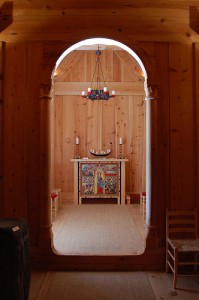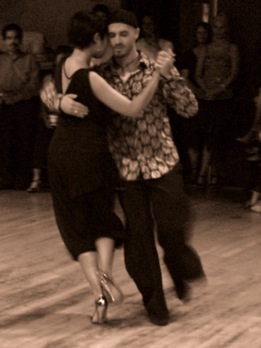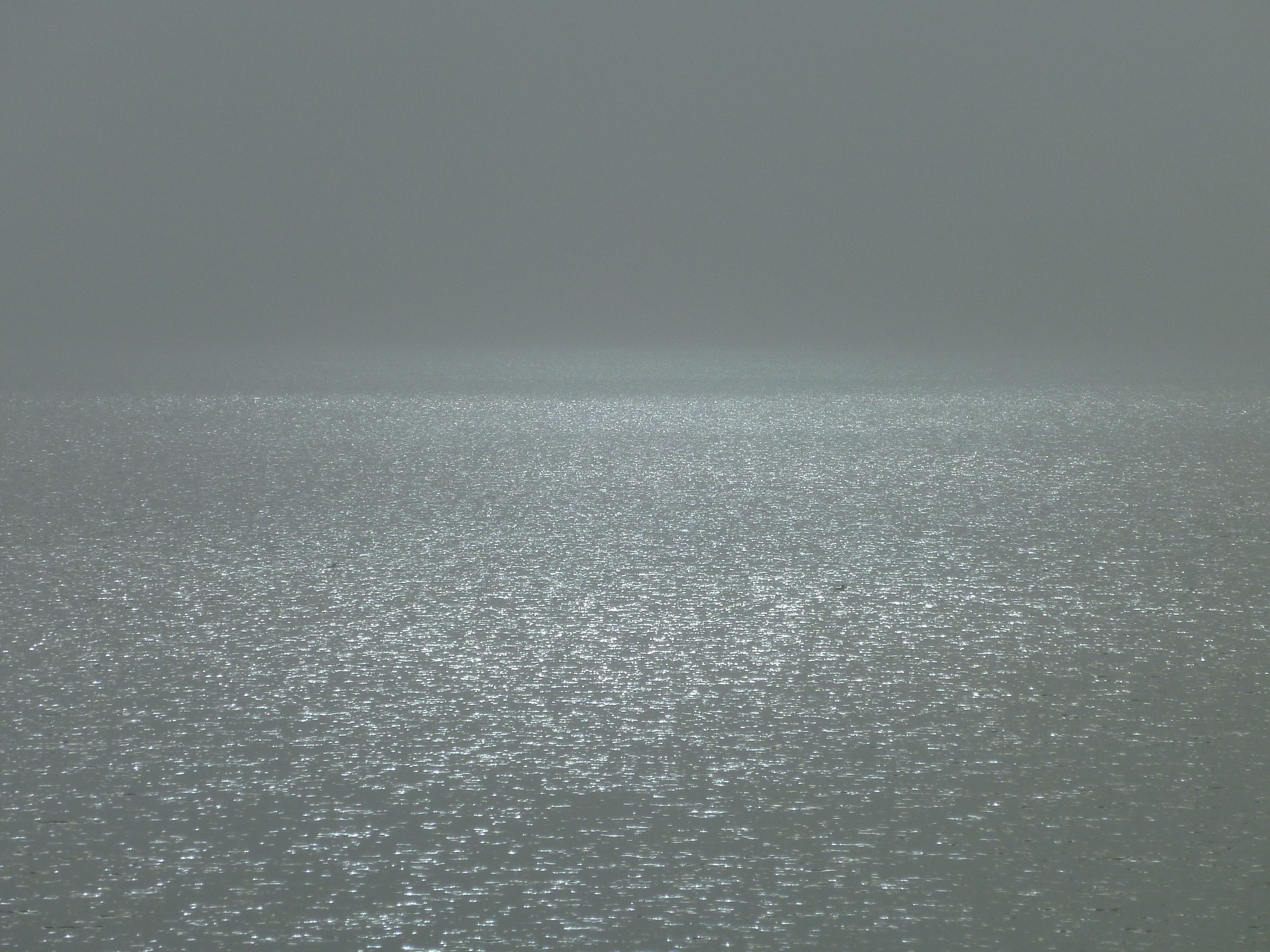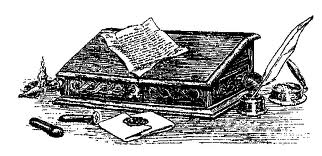 (I recently came across this letter in a file and have decided to re-publish it here. I wrote it to friends in February 2008, about my experiences not long after the death of John O’Donohue – for whom I had begun working just eight months earlier. )
(I recently came across this letter in a file and have decided to re-publish it here. I wrote it to friends in February 2008, about my experiences not long after the death of John O’Donohue – for whom I had begun working just eight months earlier. )

As a child, I always had a room inside myself where I could enter the presence of ‘God the Father.’ It was a holy sanctuary and it was wholly interior. As I grew to adulthood, my interior sanctuary proved unreliable. I would go there to ask God for help and find the room empty. No comfort or rescue was forthcoming – regardless of the child-like certainty of my belief and prayers.
I was bewildered, but I didn’t conclude the there was not God (though I understood that this was a possibility). I just figured that I must be knocking on the wrong door. I assumed I’d misconceived my understanding of God. So, in 1999, I ditched my belief system. I just stopped – cold turkey – referencing Christian vocabulary, ritual, texts, mythos in my attempts to communicate with God. I figured that the Divine Being (if there was one) would be interested in gathering as many devotees as possible; so, I challenged He-She-It to reveal his-her-its True Self to me; and I waited. I also explored. I read philosophy. I explored physics (meta- and quantum-). I read about the feminine face of God. I read about Buddhism. I read about the origins of Christianity, Islam and Judaism. I meditated. And I prayed – as best I could without any defined Deity – for [God] to contact me.
God was a no-show.
My yearning for God, however, became acute. I couldn’t seem to stop praying -even though I had no “one” to pray to. I found it amazingly frustrating to be compelled to reach out but inevitably find no contact, no comfort.
Finally, on February 15, 2008, the day before my 50th birthday, I gave up. After reading parts of John O’Donohue‘s “Benedictus” that morning, I asked myself, “Why do I keep praying? To whom/what am I praying when I ask for blessing?”
It was a mystery. “Mystery,” I thought.
Then I wrote in my journal:
Is that the thing? To not seek a concept, image, conclusion? Is it ‘idolatry’ to construct even a mental image of God? Maybe . . . maybe it is a way of blocking fluency with the Mystery of Whatever That Is. By yearning for and seeking a name, have I been screening out the Mystery?
Then I promised myself in writing:
Today, I set aside all the images, all the concepts, all the constructs, and I allow the unknowableness. From now on, I allow prayer & blessing & faith without an Image or Name for the Source or Destination of the prayers & blessings & faith.
I thought about my experiences dancing the tango — how, as follower, the woman must hold herself open, empty, receptive and responsive to the shifting of her partner’s weight. Their dance unfolds as she interprets through her body – almost simultaneously – his body’s movements.

I wrote this prayer:
No name,
No image.
Open, empty, receptive, responsive,
May I be.
On February 17th, I was on the road, driving through the mountains on my way north towards Seattle. As I drove through the sparkling day, with snow-clad mountains surrounding me, I began to sense the powerful presence of the mountains themselves. I didn’t think, “These mountains are big and impressive and beautiful, (etc.)” — I just had a non-verbal, visceral relationship with the mountains. It was an experience of ever-presence and ancient power.
As I ended my first day’s drive – approaching a friend’s farm near Portland – the sun was setting. Its glow washed snow-covered Mt. Hood to a pale orange set against a lavender sky with the rising full moon a golden disc directly over the peak. Vast presence.
Before I slept, I repeated to myself, “No name, no image. Open, empty, receptive, responsive, may I be.”
Tango lessons.
A few days later, as I rode the ferry across Puget sound, I was aware of the wind whipping my hair, the seals spinning and undulating in the sparkling waves, the horizon ringed with mountains. Again, overwhelming, ancient, unified presence; and, suddenly, I felt like a fish that had been asking, “What is water?” I was vibrantly aware of unity with and immersion in That Which I Can Recognize But Never Name.

For the next week, I felt immersed in this Presence. I experienced continuous, uninterrupted, fully sensed immersion in What We Are Trying To Identify When We Say “God.” It is so much more than the typical concepts: The Big Parent, The Guardian, The Judge, The Avenger. It is vast and beyond form, encompassing all — form and formless. The language of the mind is inadequate. “It” is experienced by the soul, and the language of the soul is one of invisible images that cannot be described. Trying to name it or have an image of it just leaves you holding a ridiculous little doll — wholly inadequate.
Rilke wrote about this:
 We must not portray you in king’s robes,
We must not portray you in king’s robes,
you drifting mist that brought forth the morning.
Once again from the old paintboxes
we take the same gold for scepter and crown
that has disguised you through the ages.
Piously we produce our images of you
till they stand around you like a thousand walls.
And when our hearts would simply open,
our fervent hands hide you.
(Book of Hours: Love Poems to God – trans Joanna Macy and Anita Barrows)
For my part, when I pray these days, I say, “To that which I can recognize, but never name, I pray.”

Over the past weeks, the sense of immersion has faded – but is never gone completely. I remind myself of it by consciously noticing the glow of enchantment that emanates from every flower, by stopping once in a while to listen to every sound that I am hearing in that moment, by looking out through the eyes of my body and observing it breathing and moving, by asking my mind what I mean by the word “reality”?
all my love,
Lindaa
















